INDUSTRY OF HORRORS: DEBEAKING
Beak trimming, which involves partially removing the beak's tip, causes the beak's tip to become blunt or rounded. The term "debeaking" is frequently used to describe beak reduction, however, the entire beak is never taken off. One of the most popular techniques used by the poultry business (mostly the egg and turkey sectors) to mitigate the effects of excessive feather pecking is beak trimming. Birds that aggressively pick at and pluck out the feathers of other birds are known as severe feather pecking, which is a welfare issue.
While producers frequently dismiss debeaking as harmless, comparing it to clipping our fingernails, chicken beaks are not at all like human fingernails; rather, they are like fingertips, loaded with blood vessels, pain receptors, and sensory nerves that aid in food detection in the wild. According to the study "The Bill Tip Organ of the Chicken," the tip of the chicken beak includes more sensory receptors than any other part of the beak, with a high concentration of free nerve endings and specific sensory structures. Debeaking is so painful for chickens that some die of shock on the spot; others die of starvation or dehydration because using their beaks is so excruciating, or their mutilations are so disfiguring that they cannot properly grasp and swallow food.
Beak trimming can result in both acute and long-lasting pain, which makes it difficult to eat. Beak trimming is an invasive operation that impairs birds' normal behavior and sensory capacities, and it is forbidden in many nations even if it is comparatively effective in stopping severe feather plucking. Beak cutting has to be replaced with effective management practices, environmental complexity and enrichment, the choice of suitable genetics, small group sizes, and additional studies to clarify the causes of excessive feather plucking. Beak trimming may cause the beak to become less sensitive and less functional, which may impact the bird's general pecking behavior. The degree to which beak trimming will cause discomfort and tension will depend on several variables, including the technique employed, the age of the bird, the amount of beak removed, the calibration and proper operation of the equipment, and the training of the employees engaged in performing the surgery.


